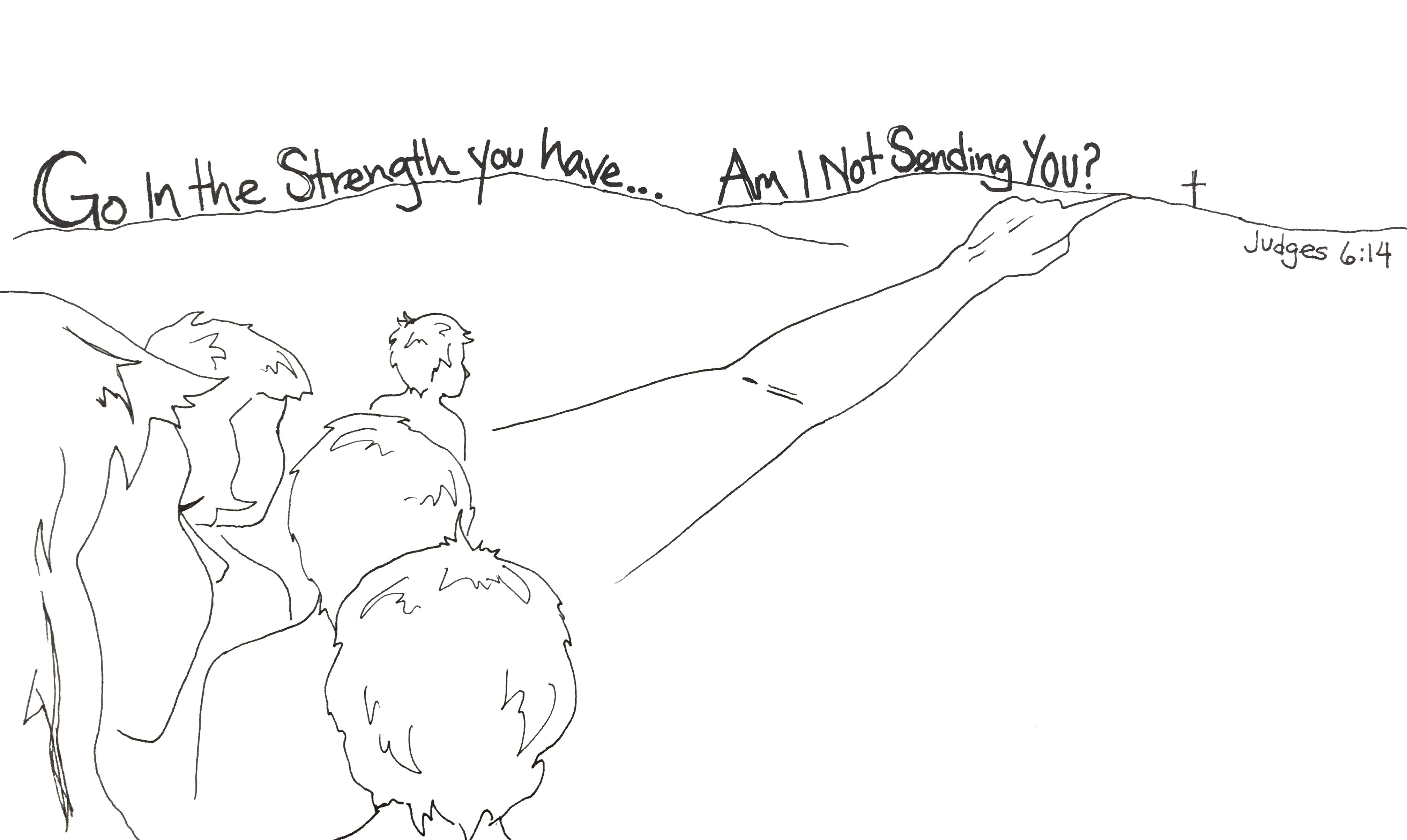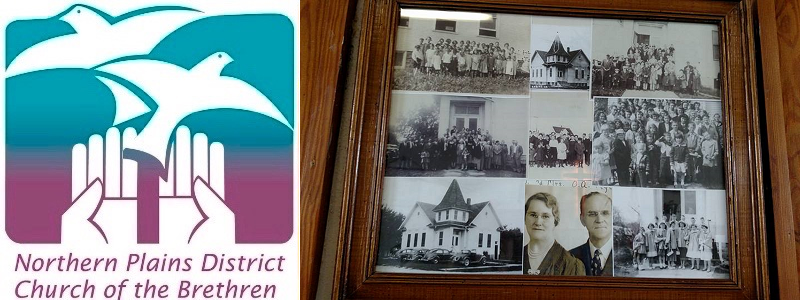Message from the Moderator: December 2016
 Yes, and I will rejoice, for I know that through your prayers and the help of the Spirit of Jesus Christ this will turn out for my deliverance . . . (Philippians 1:18b-19 ESV).
Yes, and I will rejoice, for I know that through your prayers and the help of the Spirit of Jesus Christ this will turn out for my deliverance . . . (Philippians 1:18b-19 ESV).
In just a little less than four weeks Judith, Zherina, and I will begin a ten week sabbatical. We are so humbly grateful for the opportunity the South Waterloo congregation has given us! We are blessed! We will spend nine of those weeks in Nigeria. The remaining week will be spent in London and Prague, Czech Republic. Matthew, my oldest son, his wife and two boys live in Prague. My younger son, Samuel also lives there. We have rented a house from the Mennonite Central Committee in the city of Jos. Judith is from a village outside of Jos called Miango. Much time will be spent with Judith’s parents, her five sisters, two brothers and all of their families. The first Sunday will be a Thanksgiving celebration in Judith’s home church giving praise to God for His care and blessings for Judith’s parents; a celebration organized and led by family. A cow will be killed, a number of chickens, kettles of rice for all who come. The immediate family will be dressed in similar outfits. Judith wanted to buy special shoes for me for the occasion. I kindly refused. I’ll have my cowboy boots under my “baban riga!”
I have been in discussion with the EYN (Church of the Brethren in Nigeria) Church for possible projects that I might do while there. I have been invited to preach in a church in Yola, the capital of Adamawa. I hope to find some work to do associated with the rebuilding of the EYN church and her people. Many friends and associates have been deeply affected by the violence perpetrated on them by Boko Haram. I hope to combine some special projects along with some “down time.” Some people might find it odd that we would consider such an insecure place to spend a sabbatical. But we have family, friends, and colleagues who have suffered tremendously these past years. Why wouldn’t we want to be with them?
And so from December 11 to February 20 your moderator and his family will be gone. We have a tremendous DC Planning Committee working together on our upcoming 2016 District Conference which will be held, by God’s grace, at South Waterloo. During this time away Judith, Zherina, and I need your prayers. Please prayer for us. Pray for safety in our travels. Pray for our safety in Nigeria. Pray for Judith’s homecoming. Pray for Zherina who will be out of school (Kindergarten) for those weeks and the attempt by her father to do a little homeschooling. And pray for a meaningful, purposeful, and rest-filled sabbatical for me. Pray for South Waterloo as they, too, experience a sabbatical away from me! We hope to stay in touch with photos and small video clips of our experience. May God bless you and keep you ‘til we meet again!
Dave Whitten, District Conference Moderator, 2017





